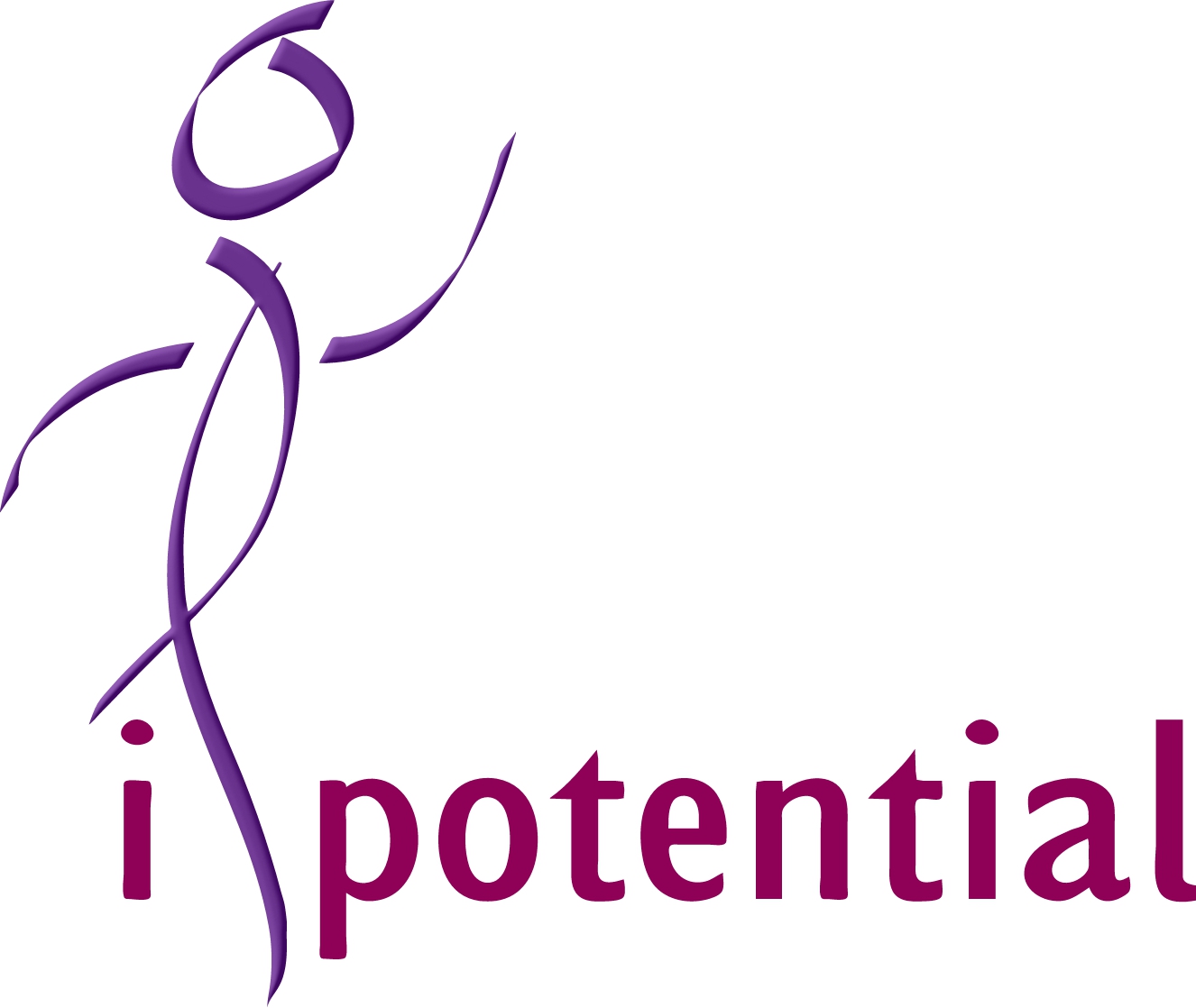Potential for conflict between each preference – Extraversion and Introversion
by Dr Angelina Bennet
From the previous article on Type and Conflict, the main message was that, in many situations where there is some ill feeling, there is not an actual conflict at all; however, we may perceive a situation as hostile or inadvertently create tension because of our different perspectives and approaches.
In this article, the potential for conflict between opposing Types is explored, firstly looking at the Extraversion – Introversion dichotomy. Once again with the overall message (spoiler alert!) being that there is no malevolence intended, just misunderstanding of the motives and needs of the other. The point I hope to make is that, with understanding of what is behind a person’s behaviour, we are less likely to perceive them as irritating. We may still find their behaviour or reactions irritating; however, we are less likely to pin our irritation on them as a person, instead understanding that it is their preference that may be sometimes difficult for us to deal with.
So a couple of caveats before I begin:I’m looking at this by dichotomy. Future articles will look at the whole type patterns and combinations, but here I am just going to stick to the pure opposites for each preference.
- By ‘conflict’, I mean misunderstanding, irritation, lack of trust, creation of tension, negative perception and negative impact. So not ‘conflict’ as in ‘full on fisticuffs’ or overt argument.
- So that this doesn’t turn into a novel, I will only be selecting the most common issues that I have observed during my time working with Type. You may have experienced many others.
- And finally, as in the previous article, I am looking at typical expressions of Type. Resilience, maturity, emotional intelligence, stress, etc. will all impact how we react in a given situation as individuals. That having been said, the presence of a bit of tension will usually bring out these typical reactions as our Type becomes more rigid and one sided under pressure.
Extraversion –Introversion

Although we all have Extraverted and Introverted aspects of our Personality Type, one of these is more comfortable, more frequently in use, and more important to allow us to function at our best. Looking at Extraversion and Introversion (E and I) as a stand-alone dichotomy, there are several common points of tension which can be easier to accept if the mechanism behind E and I are better understood.
 Extraverts seem to emit energy and, in turn, they want others to throw energy out towards them. For Introverts, being around this energy, particularly when their Extraverted friend is particularly enthused about something, can be rather overwhelming. Rather than energise the Introvert, being in the presence of high energy people will often drain their energy after a while. Conversely, when an Extraverted person is not getting any energy back from their Introverted friend during an interaction, they can start to feel drained. Their response is usually to throw even more energy out towards the other person in the hope of getting some enthusiasm back, however this will often overwhelm the Introvert even more and cause them to physically and energetically withdraw. So there is a mismatch of energies causing the Extravert to perceive the Introvert as lacking enthusiasm and the Introvert to perceive the Extravert as overwhelming.
Extraverts seem to emit energy and, in turn, they want others to throw energy out towards them. For Introverts, being around this energy, particularly when their Extraverted friend is particularly enthused about something, can be rather overwhelming. Rather than energise the Introvert, being in the presence of high energy people will often drain their energy after a while. Conversely, when an Extraverted person is not getting any energy back from their Introverted friend during an interaction, they can start to feel drained. Their response is usually to throw even more energy out towards the other person in the hope of getting some enthusiasm back, however this will often overwhelm the Introvert even more and cause them to physically and energetically withdraw. So there is a mismatch of energies causing the Extravert to perceive the Introvert as lacking enthusiasm and the Introvert to perceive the Extravert as overwhelming.

I often explain to Extraverts that, if they tell an Introvert something exciting and are met with a blank expression, a long pause, and a small ‘yummy sound’, they have got the Introvert’s full attention and enthusiasm. A dead pan face and furrowed brow on an Introvert is a sign of deep interest, but is often interpreted as boredom or disdain.
The apparent aloofness of Introverts comes from their need to think through and internally process things. Often they can get lost in their heads and become somewhat oblivious to what is going on, so sometimes walk past people without saying hello. They may also pause before responding, which can be unsettling for others, but this is because they are thinking about their answer. Most Introverts have a need for a degree of physical personal space, so may have contained body language. Additionally, when meeting new people, they prefer to hang back a bit to get an idea of who is who, etc., so they may be on the side lines saying nothing but observing intently. All of these factors can lead to an overall experience of the Introvert as aloof by others, when it is really down to their need to get their head round a situation first and engage second.
 Extraverts have the opposite way of processing; they do their best work when they have the opportunity to externalise. So ‘having a sounding board’, or ‘bouncing an idea off someone’ actually helps them to process their thoughts. Because of this, they may suddenly interrupt someone mid-flow – not because they are being rude, but because what is being said has inspired something in them which just needs to come out. Additionally they may take up a fair bit of air time, but this is because they have the need to externalise and are comfortable doing so. An Extraverted person once said to me “how do I know what I am thinking until I have heard it”.
Extraverts have the opposite way of processing; they do their best work when they have the opportunity to externalise. So ‘having a sounding board’, or ‘bouncing an idea off someone’ actually helps them to process their thoughts. Because of this, they may suddenly interrupt someone mid-flow – not because they are being rude, but because what is being said has inspired something in them which just needs to come out. Additionally they may take up a fair bit of air time, but this is because they have the need to externalise and are comfortable doing so. An Extraverted person once said to me “how do I know what I am thinking until I have heard it”.
The last point, about Introverts not speaking up and Extraverts overshadowing is an interesting one. Typically Introverts don’t speak up in groups unless they have something to say, so may have long periods of quiet where they don’t contribute much, but internally they are taking it all in and thinking it through (with the dead pan face on). It can be difficult to interject when the conversation is flowing as interrupting can feel uncomfortable, so they wait for a gap in the discussion which may never come. Sometimes the Introvert will actually contribute something during the conversation but fail to make sufficient impact to be acknowledged. Someone else may have picked this up and will throw it into the conversation a little later. So the Introvert can sometimes feel overshadowed. Likewise in social situations, Extraverts can make more of an impact and take the limelight. They are generally more comfortable initiating and maintaining a conversation with someone they have just met. However, for this reason it is great to have your Extraverted friend with you at networking events, or at those weddings where someone has decided it would be a great idea to sit their guests with strangers so that everyone can get to know each other (!).
These are just a few brief insights into the potential for misunderstanding between Extraverts and Introverts that can lead to conflict and hostility. There is much more that I could say and examples to give, but in the interest of modern day short attention spans I will stop there.
Further articles will look at the Judging-Perceiving dichotomy (a real hot spot!), the functions of Sensing and Intuition, and Thinking and Feeling.
Followed by the other 5 Typological Perspectives on Conflict –
3) from our Opposing Function
4) from our Inferior Function
5) between Same Types
6) how different types may try to Resolve Conflict
7) the potential for conflict as result of our Stage of Personal Development.
The first article Different Perceptions of Conflict looks at the difference in conflict definition from the Thinking and Feeling perspective.
